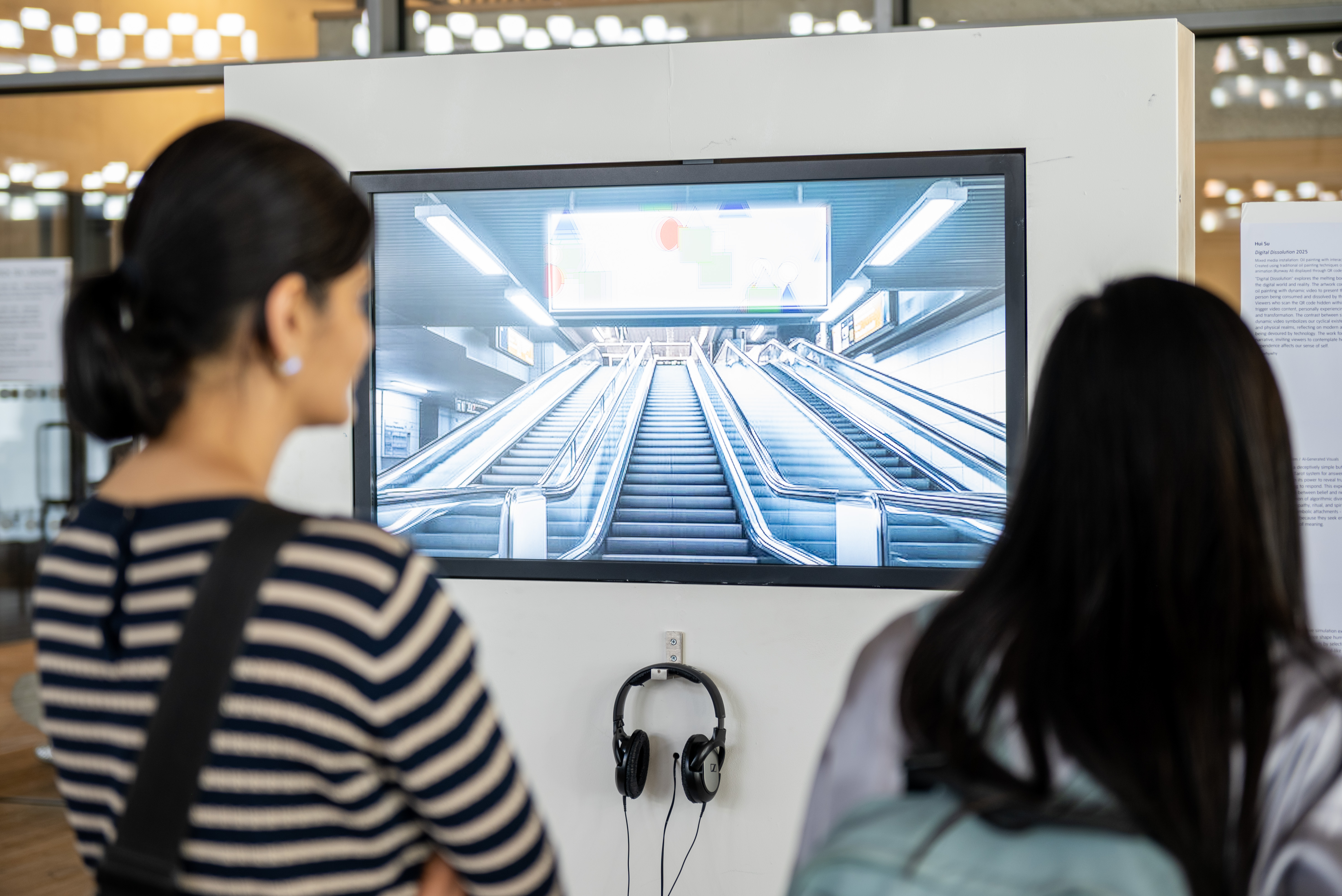
Working at the crossroads of art, tech, and academic insight was exhilarating but the real highlight was watching students grow into confident, critical users of Claude and generative AI, harnessing these tools as creative partners in their own evolving practices. I hope we can continue this exciting journey together. (Annie Bicknell, Curator of Public Practice, Tate)
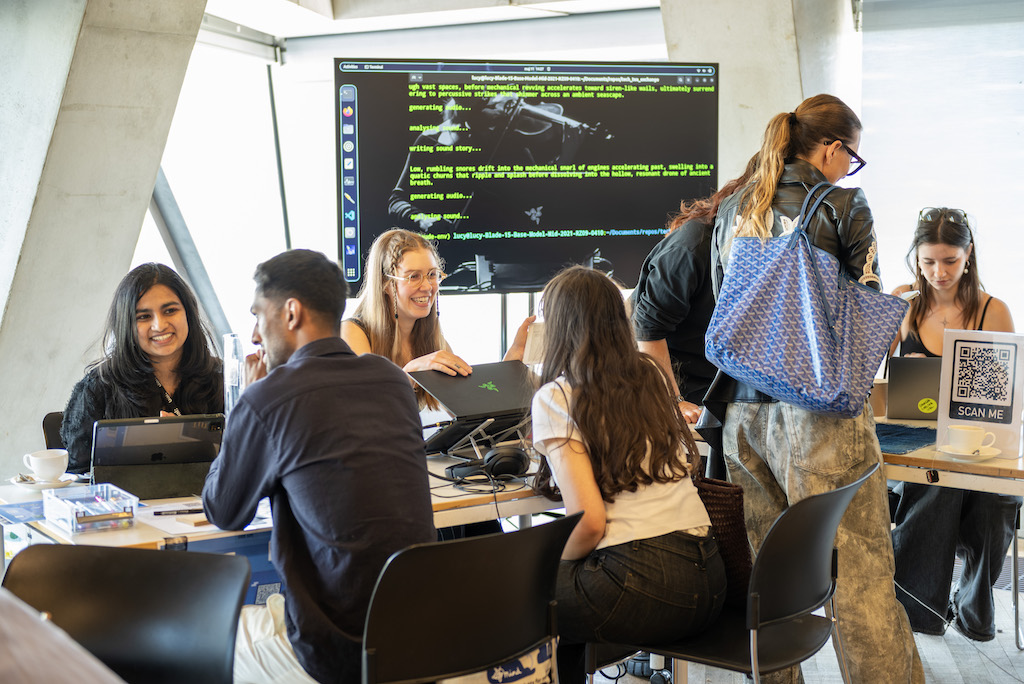
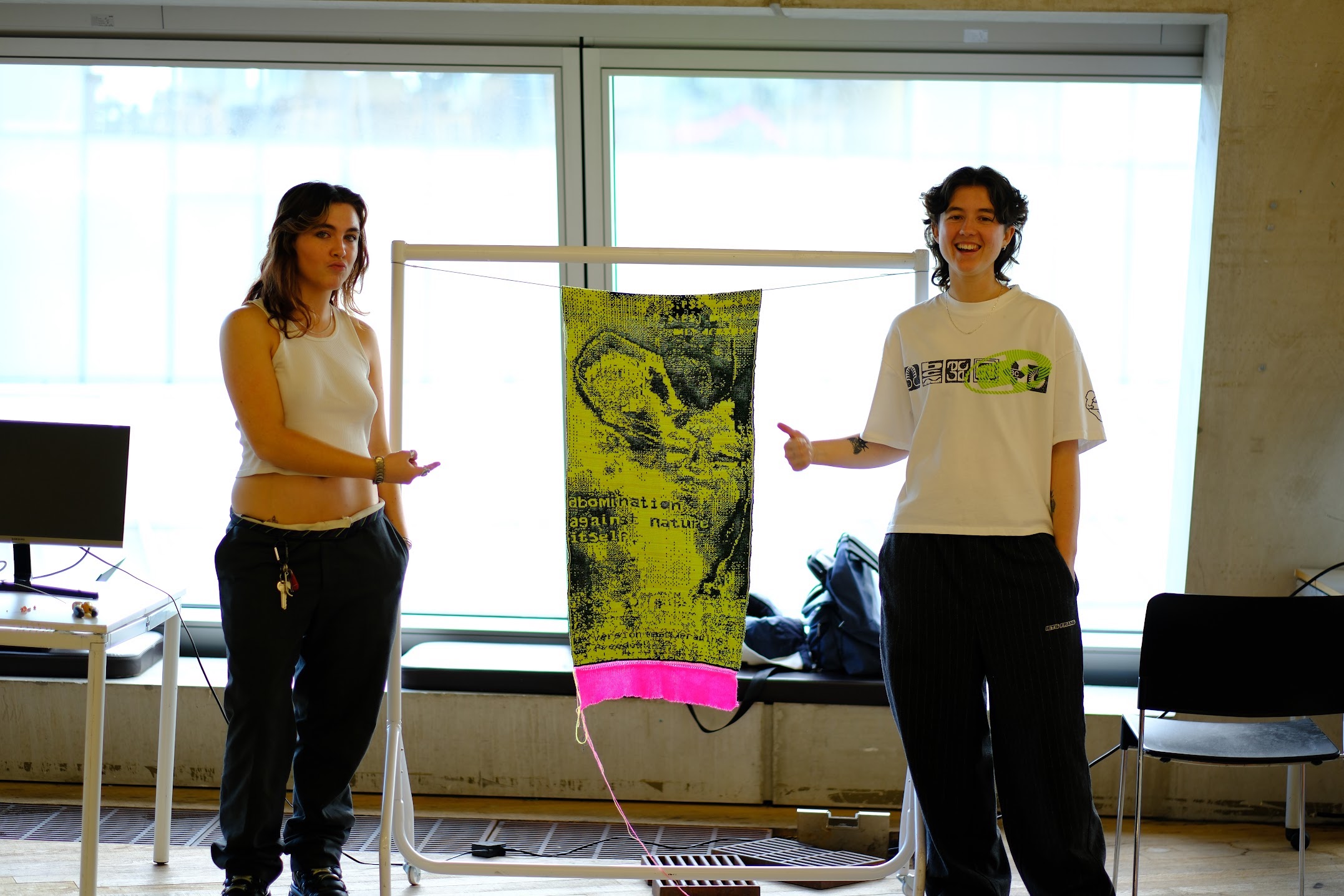
Each institution lent its identity but also gave space for critique, reflection, and friction. This between-space made it possible to work with AI not just as a tool, but as a social and institutional actor.
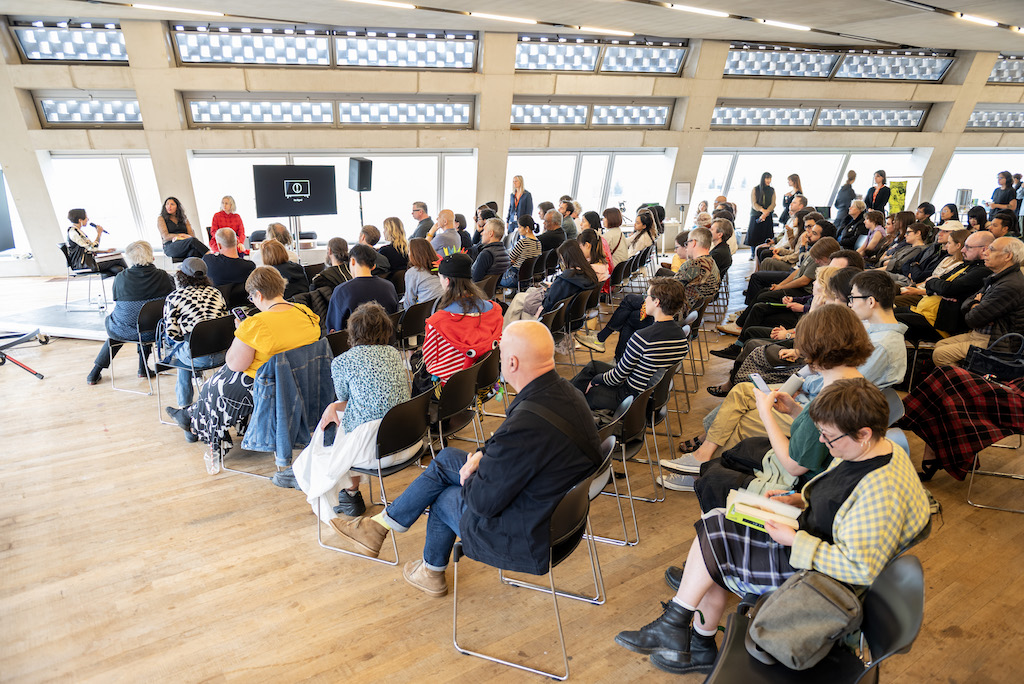
I really enjoyed the experience at Tate; it was great to meet so many talented people and explore AI in depth. I hope that more people start creating tools to support nature and human well-being. For now, I plan to use AI mainly to refine ideas and help me learn new digital tools. (Zhannet Podobed, MFA Digital Arts, UAL)
We think that artists should absolutely adopt higher ethical standards than corporations currently do — we have the opportunity to model more responsible practices and demonstrate that meaningful creative work with AI is possible without exploiting others’ intellectual property.
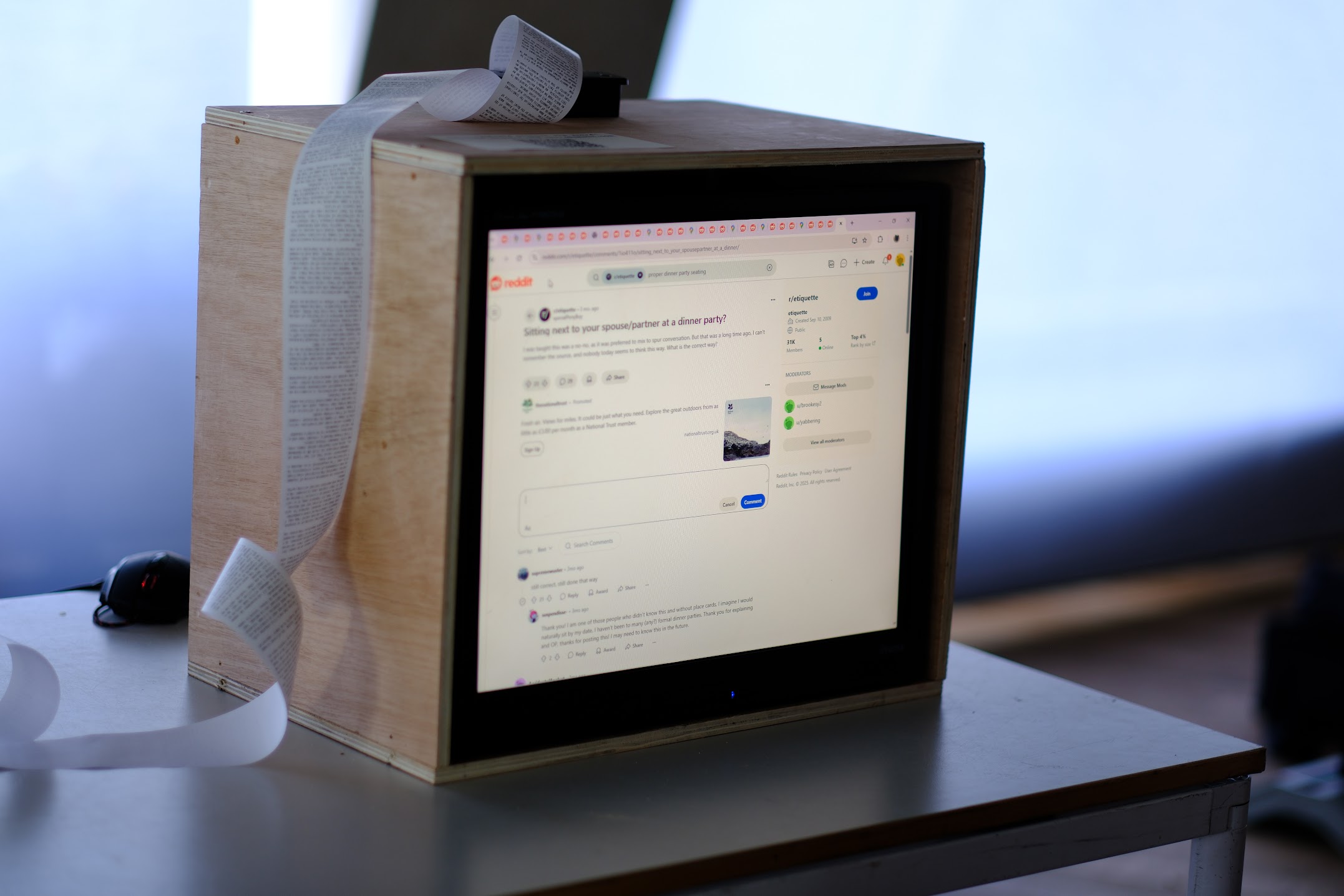
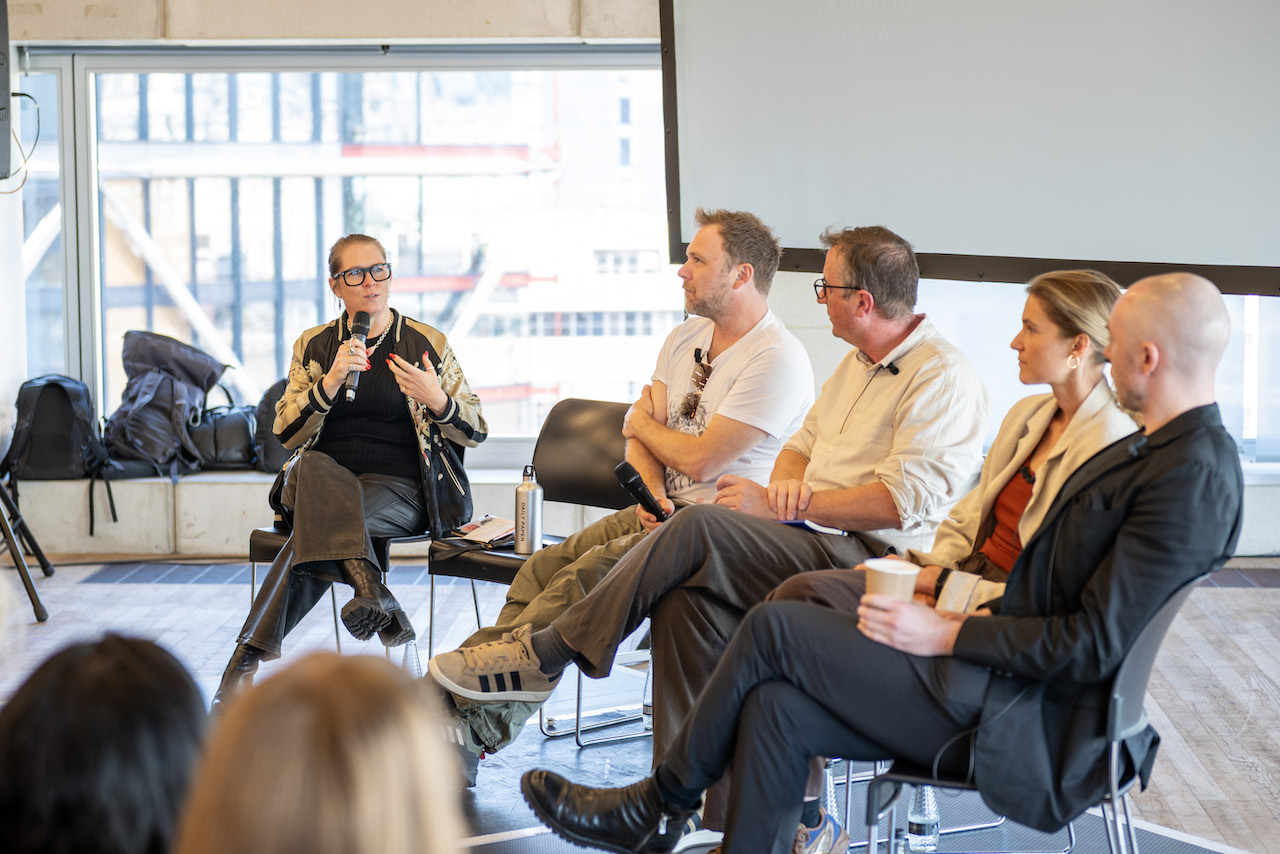
Working in collaboration with Tate was an incredible experience and offered a rich and inspiring environment for both Goldsmiths staff and students to critically engage with LLMs and co-creation of creative outputs. (Rachel Falconer, Head of Subject, Creative Technology, Goldsmiths)
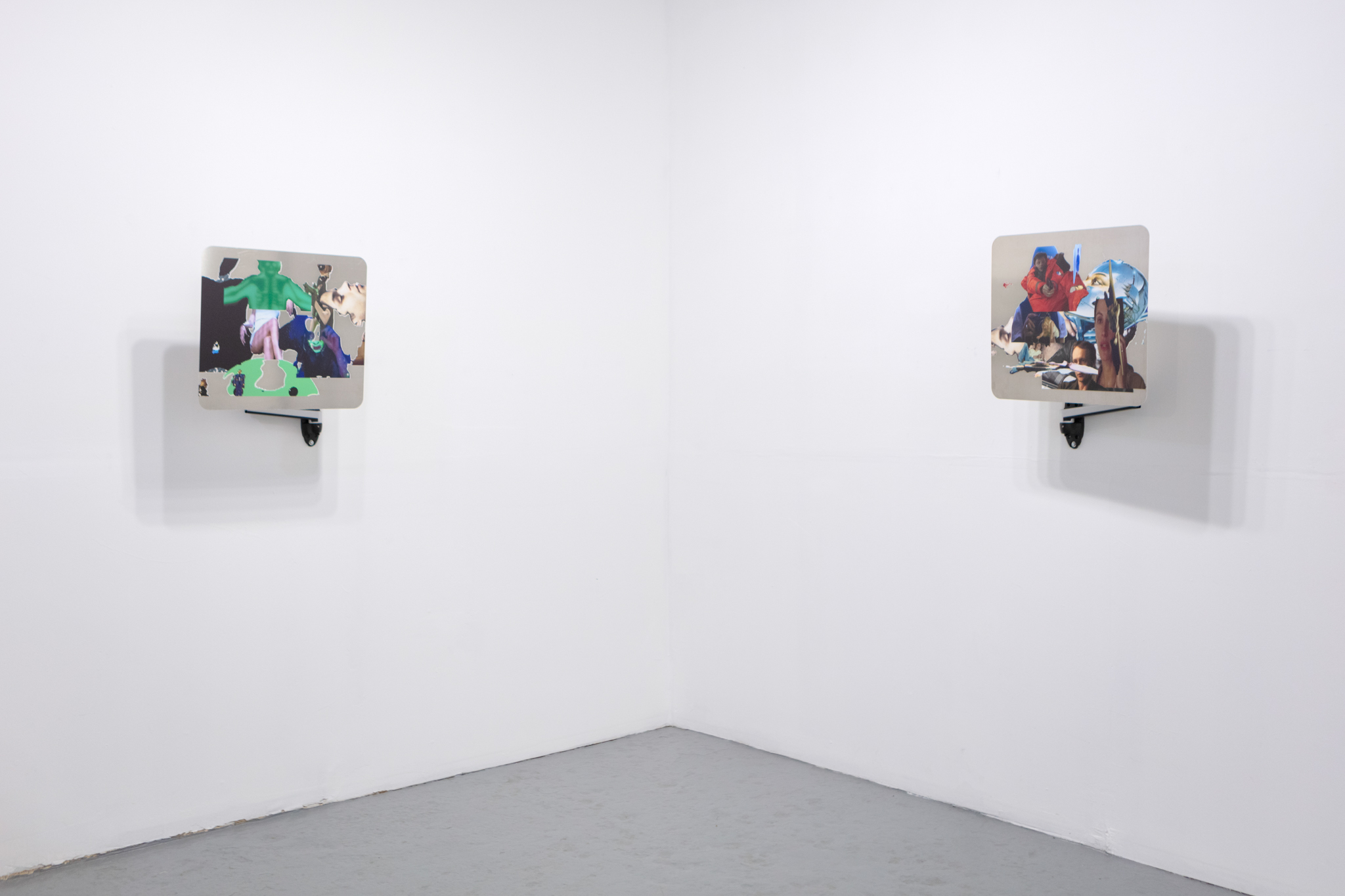
It is not about knowing what’s inside the model, but about observing how it behaves under constraint. Latent space becomes a way to measure how tightly language binds thought.
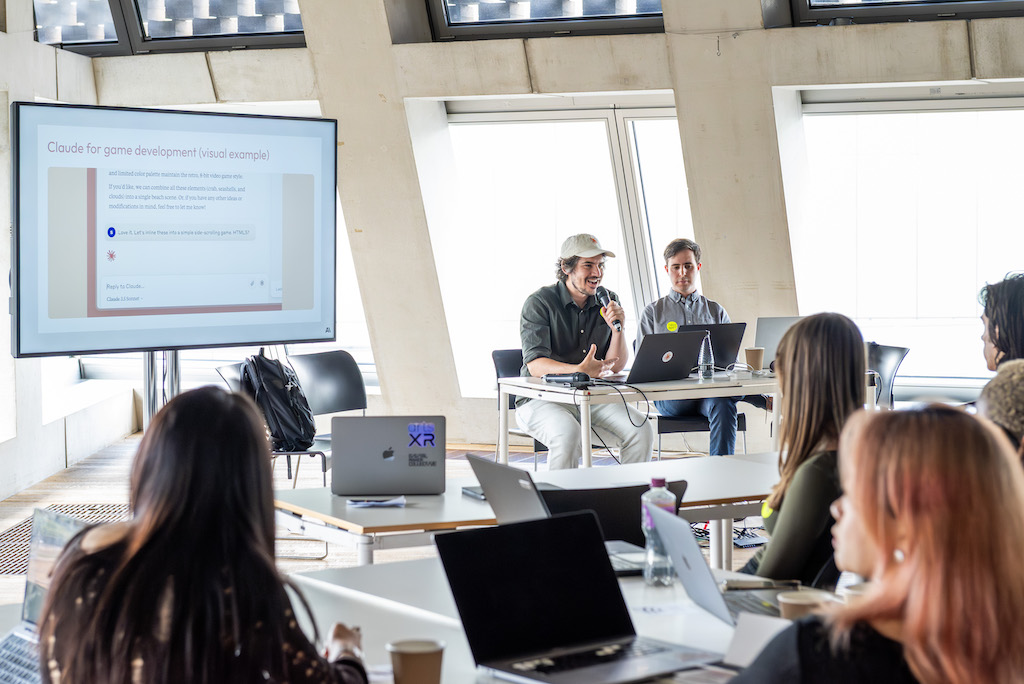
AI is not just a tool but a nonhuman identity. My work is concerned with exploring the affinities and even intimacy between humans and nonhumans. The Tate’s Digital Intimacies program is a way for the public to engage critically with such questions. (Viola Liang, MFA Computational Arts, Goldsmiths)
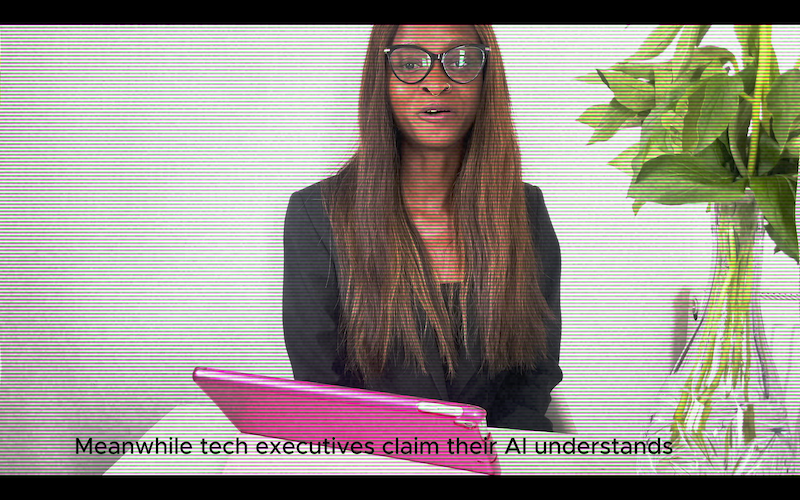
I am repelled by any generative outcome, whether visual or text, that is not distorted or influenced in any way. In that sense, I’m now more interested in AI as an autonomous and agential system rather than as a tool to generate media.
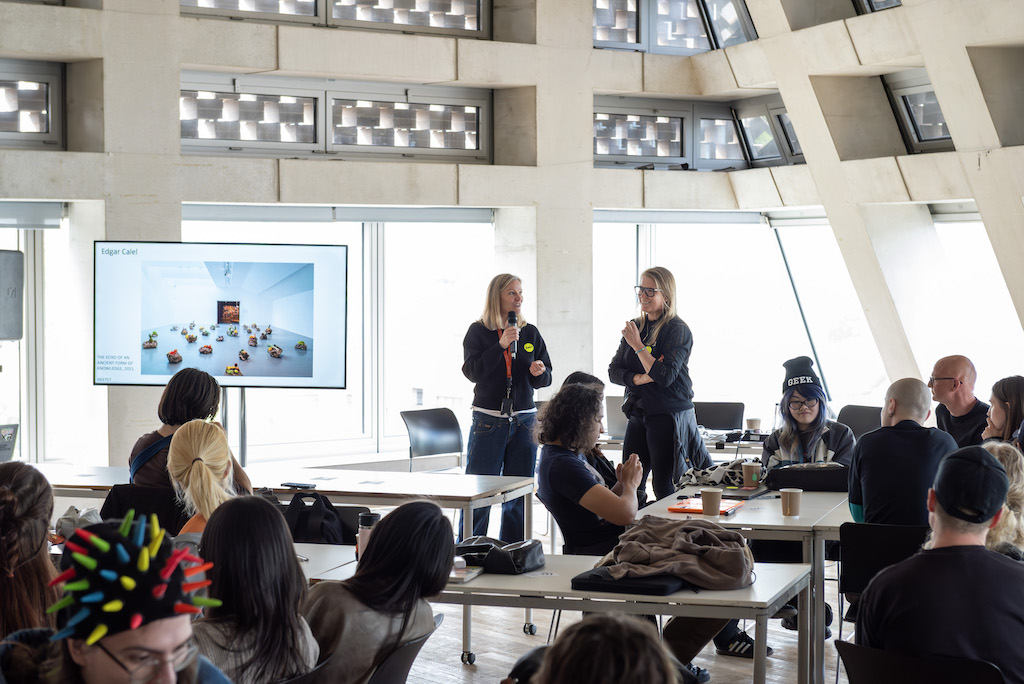
As students increasingly push the boundaries of AI in creative practice, there’s an urgent need to fundamentally rethink traditional approaches to art school pedagogy and assessment. The residency provided not only hands-on experience with AI tools but also a robust foundation for ongoing dialogue about responsible AI integration in creative education. (Chris Follows, Emerging Technologies Manager, UAL)
When we are rewarded by algorithms for generating outputs from the same bucket of inputs, there is a narrowing in the representation of possible perspectives. This is the meme framework. Generative AI is just an acceleration of that logic.
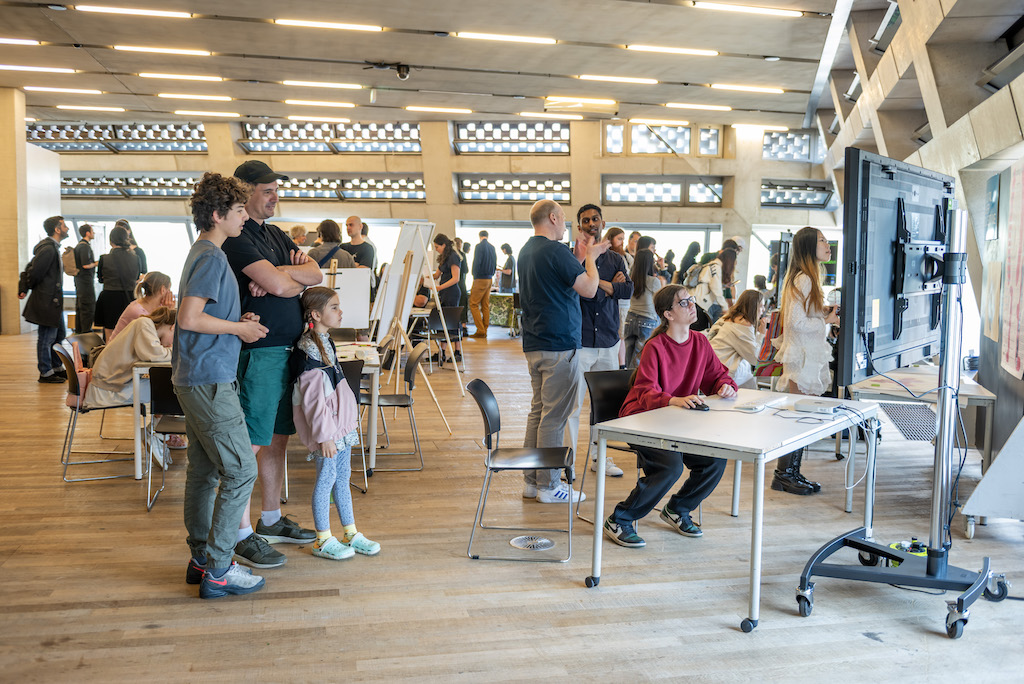
Esther “Tokyo” Bello (PhD, Goldsmiths) is a London-based artist and researcher whose practice centers on abstract painting, filmmaking, and dataset creation as part of art practice. She works with systems of knowledge generation and the ways digital technologies such as generative AI shape the documentation and understanding of communities and their social histories.
Weezy Derham (MA Computational Arts, Goldsmiths) is a London-based computational artist who uses code and software such as TouchDesigner to create digital art. Their work explores glitch aesthetics and queerness as a form of glitch, challenging the boundaries and limitations imposed by technological systems. Molly and Weezy presented a collaborative project and were asked to respond together.
Belén Fernández (Diploma in Creative Computing, UAL) is a designer who explores the boundaries between the physical and digital, combining traditional techniques with computational processes and interactive systems. Her work for the Tate project, Downloaded, emerged from a desire to understand how instinct and social influence shape our decisions, especially within systems designed to nudge behavior.
London Ham (MFA Computational Arts, Goldsmiths) is an artist working in the space between sculpture, cinema, and computation.
Nikos Antonio Kourous Vázquez (BA Fine Arts: Computational Arts, UAL) creates recursive, self-evolving feedback loops that re-contextualize AI systems and present them in transparent fashion. Their recent project at Tate Modern creates an AI entity that develops a personality by hallucinating its own history while commenting on Reddit, starting from a single initial prompt: “you are Reginald Gilbert the Third.”
Robin Leverton is an artist, curator, technologist, and researcher based in Croydon whose work explores the materiality and ontology of artificial intelligence. His practice spans sculpture, painting, printmaking, and installation, integrating cutting-edge technologies into traditional arts practices. Leverton is part of the computational arts collective _threadsafe where he researches topology as a framework for investigating computing as a medium for intersectional creativity. His work has been exhibited globally, including at Tate Modern, the V&A, Nunnery Gallery, The British Computer Society, Algha Works, Hypha Studios, GX Gallery, and Colección Solo. He also hosts the podcast, Stochastic Pigeon, and has worked professionally as a digital fabricator, product designer, and programmer.

